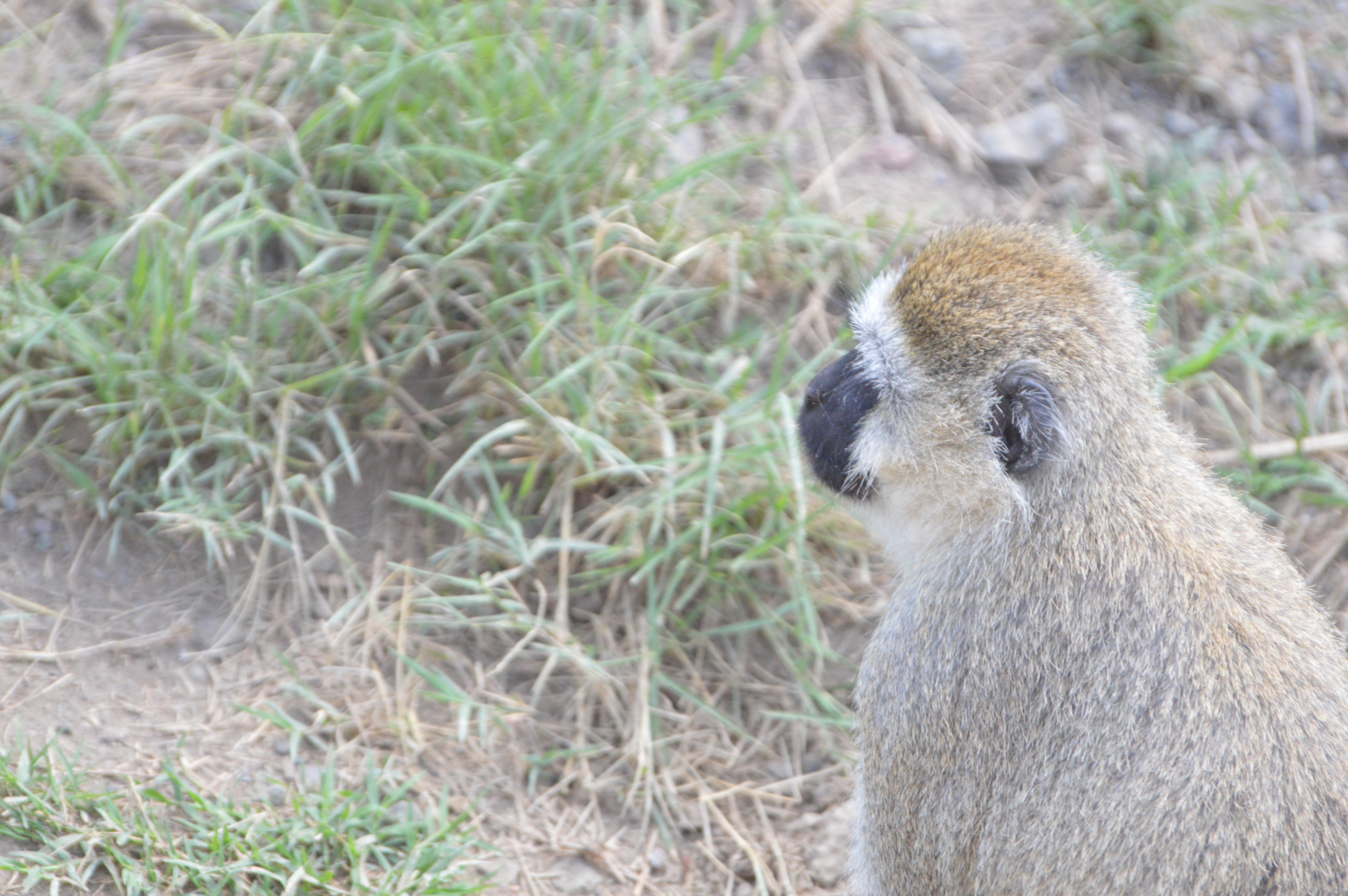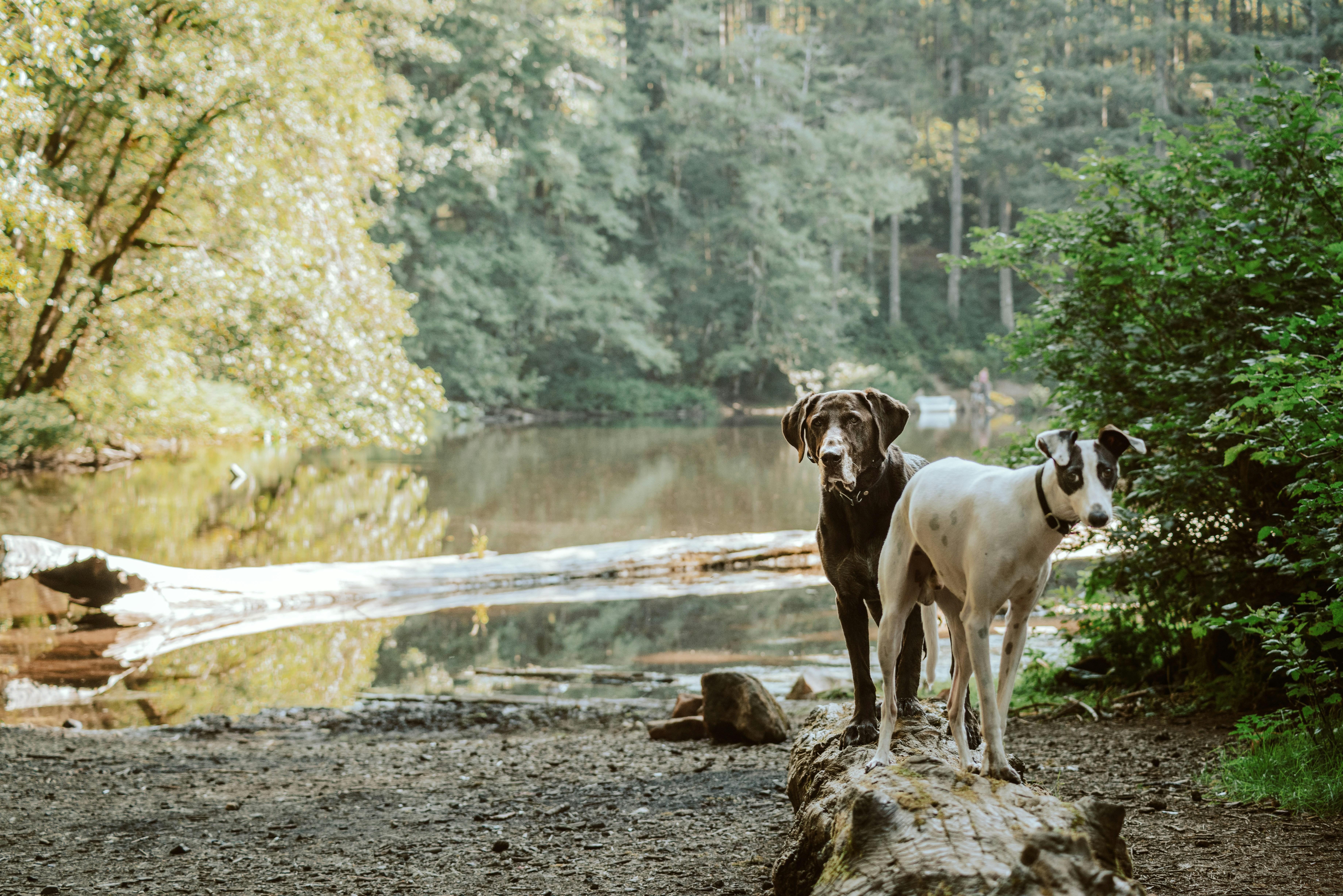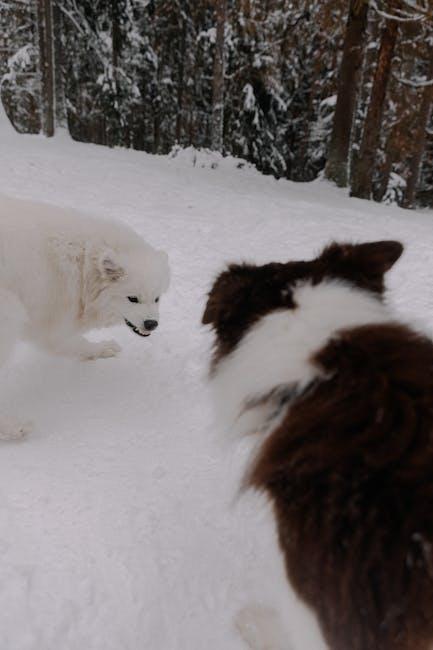Should Dogs Be Allowed to Interact Freely With Other Animals

In the tapestry of nature, where species coalesce and boundaries blur, the question of interspecies interaction becomes both a fascinating and complex topic. At the heart of this discourse lies the age-old companionship between humans and dogs—a relationship built on trust, loyalty, and mutual respect. Yet, as these canine companions become increasingly integrated into diverse environments, a new question emerges: should dogs be allowed to interact freely with other animals? This inquiry invites us to explore the dynamics of interspecies relationships, examining the benefits and potential challenges that come with such interactions. As we delve into this topic, we aim to unravel the intricate balance between fostering harmony and ensuring safety, inviting readers to reflect on the broader implications of these interactions in the natural world.
Exploring Canine Social Dynamics with Diverse Species
Allowing dogs to interact with other animals can open up a world of fascinating social dynamics. These interactions often mirror the intricacies of human social behavior, revealing surprising layers of communication and understanding. When dogs are introduced to different species, their social skills are put to the test, leading to a variety of outcomes. Some dogs display a natural affinity for cross-species friendships, while others may need more guidance and supervision.
- Natural Curiosity: Dogs are naturally curious creatures. When given the opportunity, they may exhibit a genuine interest in understanding and engaging with animals like cats, rabbits, or even farm animals.
- Social Learning: Observing dogs interact with diverse species can provide insights into their capacity for social learning and adaptation. These encounters can enhance their empathy and adaptability.
- Potential Challenges: Not all interactions are smooth sailing. Differences in communication styles and instincts can lead to misunderstandings or conflicts, highlighting the need for careful monitoring.
Ultimately, the decision to allow dogs to mingle with other species should be guided by the individual dog’s temperament and the specific circumstances of the interaction. A well-monitored environment can foster enriching experiences, offering both the dog and its newfound friends a chance to learn and grow.
Understanding the Benefits and Risks of Cross-Species Playtime
When it comes to the mingling of dogs with other species, the experience can be both rewarding and complex. Cross-species playtime offers a unique opportunity for dogs to enhance their social skills, leading to a more enriched and diverse understanding of their environment. This type of interaction can stimulate a dog’s mental faculties, offering them new challenges and experiences that can help prevent boredom and reduce anxiety. Moreover, it fosters empathy and adaptability, traits that are beneficial not just for dogs but for their human companions as well.
However, it’s important to be aware of the potential risks that come with this kind of interaction. Not all animals communicate or play in the same way, which can lead to misunderstandings and potential conflicts. Here are some factors to consider:
- Behavioral Differences: Dogs and other animals have different play styles, which can sometimes lead to unintentional harm or stress.
- Health Concerns: Interactions can pose risks of disease transmission between species, so it’s crucial to ensure that all animals are healthy and up-to-date on vaccinations.
- Safety Measures: Supervision is key to ensuring that play remains safe and enjoyable for all parties involved.

Guidelines for Safe and Positive Interactions Between Dogs and Other Animals
Ensuring safe and positive interactions between dogs and other animals involves a mindful approach and an understanding of animal behavior. It’s important to recognize that each animal, including dogs, has its own unique temperament and socialization needs. Supervision is crucial during initial interactions to prevent any unforeseen aggression or stress. Start with controlled environments where both animals can be observed closely, and gradually increase freedom as they become more comfortable with each other.
Consider the following guidelines:
- Observe body language: Look for signs of stress or aggression, such as growling, tail tucking, or avoidance.
- Introduce gradually: Begin with short, positive sessions and extend the time as both animals become more at ease.
- Provide positive reinforcement: Reward calm and friendly behavior with treats or praise to encourage positive associations.
- Maintain control: Use leashes or barriers if necessary to ensure safety during initial meetings.
- Be aware of species-specific behaviors: Understanding natural instincts can help predict potential issues and guide interactions.
These practices can help foster harmonious relationships and ensure a safe environment for all animals involved.

Expert Recommendations for Facilitating Multi-Species Harmony
When considering the dynamics between dogs and other animals, it’s crucial to approach interactions with an understanding of each species’ natural behaviors and needs. Experts suggest a few key strategies to foster positive relationships:
- Gradual Introduction: Initiate interactions in a controlled environment, allowing both parties to become accustomed to each other’s presence gradually.
- Understanding Body Language: Educate yourself on the subtle cues different species use to communicate. This knowledge can prevent misunderstandings and potential conflicts.
- Supervised Play: Always supervise initial play sessions to ensure safety and to intervene if necessary.
Incorporating these expert recommendations can pave the way for harmonious cohabitation, fostering a peaceful environment where multiple species can thrive together.



